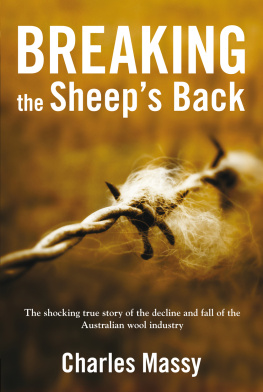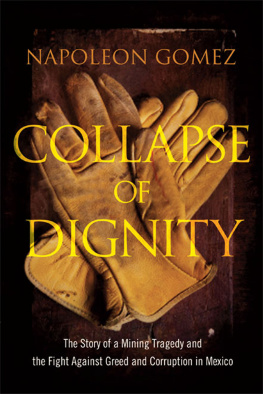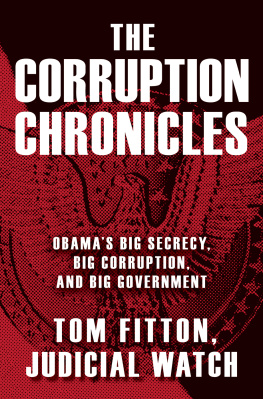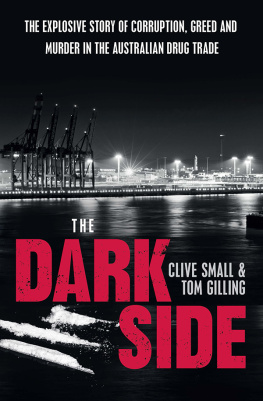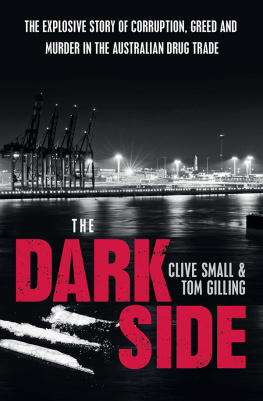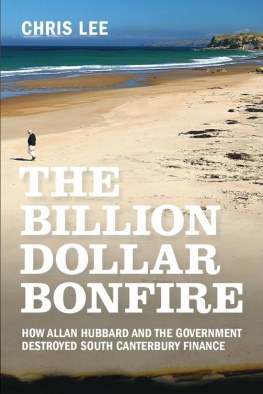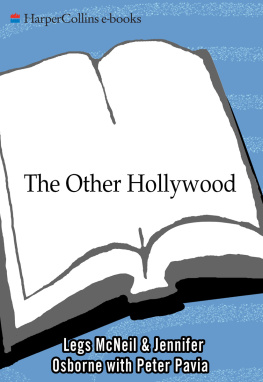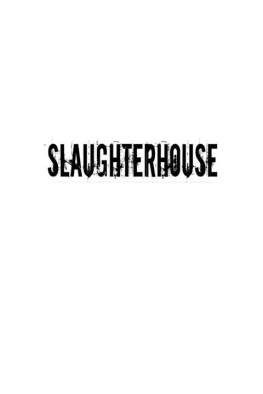Charles Massy has had a long involvement in the wool industry and with sheep breeding. He founded the leading Merino stud Severn Park in 1975. He has published numerous articles on the wool industry, Merino and wool history and the environment, as well as serving on the boards of the International Wool Secretariat and the Australian Wool Research and Promotion Organisation.
His first book, The Australian Merino, was published by Penguin in 1990. After being traded on eBay for several hundred dollars a copy, it was re-released by Random House in 2007 and its print run sold out almost immediately.
Contents
Foreword
If I were still teaching agricultural policy I would find Charlie Massys comprehensive review of Australian wool marketing and pricing policy an invaluable teaching aid. The book will no doubt be equally welcome to students of public administration and government. It is the mother of all case studies, reviewing the prolonged campaign to introduce a reserve price program for the Australian wool clip and the events leading up to its disastrous collapse less than two decades later. It presents a well-researched historical account of wool industry politics and the infighting between proponents and antagonists of the ill-fated scheme.
The vast galaxy of characters involved in these developments would make an omnibus edition of Charles Dickens novels seem underpopulated. The author brings to bear considerable skills of narrative and characterisation, portraying the participants vividly and perceptively. He places the events in their broader setting with careful reference to the economic and political environment at the time.
The author is no stranger to the institutions in which wool industry policies were decided. He has clearly graduated in the hard school of industry politics provided by participation in meetings of primary producer organisations. He served as a board member of the International Wool Secretariat and the Australian Wool Research and Promotion Organisation, and his experiences on these bodies may well have imparted verisimilitude to his account of developments in the policy arena. His independence and critical ability would certainly have caused him to be regarded as something of a maverick by more easily herded members of their governing bodies.
Throughout the book a consistent and constructive marketing philosophy is displayed. Since medieval times, when the British sheep industry found its major outlet with the Florentine merchants, the interests of the wool industry have been best served by treating the customers as people to be collaborated with towards the glory of wool and not as mere exploitative middlemen. The Australian reserve price program for wool did not follow this path and it turned out to be the most disastrous and most costly failure of any commodity program in history. The financial losses incurred dwarfed those of the ill-fated Federal Farm Board in the USA in the mid twenties, which offered a resounding caveat concerning the formidable difficulties that operators of buffer-stock schemes have in distinguishing beforehand between short-term price fluctuations and longer term shifts. Furthermore, the calamitous, and pervasive after-effects of the collapse, both downstream in the textile and apparel industry and upstream upon woolgrowers, were quite unprecedented in their magnitude and persistence.
The actions of the principal protagonists responsible for the introduction and implementation of the scheme were strongly pre-conditioned by their experiences during the Great Depression. In the case of the reserve price program, influential individuals in government and the industry seem to have been infected by what J.K. Galbraith termed the myopia of the thirties: a morbid and overdeveloped desire for price stability for agricultural products. The extreme volatility of raw wool prices during the Korean War served to further predispose them to price stabilisation initiatives.
Several of the commodity programs developed in the postwar period to serve this end had involved substantial costs to agricultural producers both in lower returns and reduced market access. In successive Wheat Industry Stabilisation Programs and International Wheat Agreements, and in long-term bulk purchase agreements with the UK Ministry of Food, a high price was paid in efforts to moderate price instability.
For nearly half a century Australias greatest export industry successfully resisted the beguiling spiel of the marketing demagogues and rejected their periodic proposals for floor-price schemes. Eventually in 1970 a conjuncture of seriously adverse seasonal and economic circumstances weakened that resistance and enabled the thin end of the wedge of price stabilisation to be introduced. The books author has painstakingly researched the archives to piece together an absorbing account of the campaign. He has travelled the world to interview leading figures in the textile and apparel industry to ascertain their reactions to the program, to review its operation and analyse its unintended but not altogether unforeseeable consequences.
For a decade and a half the reserve price program escaped the direst of the consequences predicted by the economic Cassandras. Not that it was free, in the meantime, of adverse effects. One of the most insidious consequences was the expectation engendered in the Australian Wool Corporation that the collective wool promotion resources of the International Wool Secretariat should be promptly diverted from demand building towards moving those wool types in the AWCs unbalanced stockpile into early consumption. Not surprisingly this one-sided subversion of normal IWS operations placed strong centrifugal stresses upon the partnership and led eventually to its break-up.
There is a marked predisposition in agricultural price programs for the initial objective of stabilisation to mutate into stabilisation upwards. It proved fatal in this case. In the context of a major general deregulation of agricultural marketing in the mid eighties, the Australian Government dropped the control it had retained in determination of the floor price. In doing so it was strangely unheeding of the caveat provided, just previously to its decision, by the resounding crash of another buffer-stock scheme, the International Tin Agreement. It took no time at all for the Australian Wool Corporation, freed from any restraining influence, to over-reach itself and bring about the rapid and ignominious collapse of the scheme.
Most of the leading characters in this saga, though, were in no way victims of their own misjudgements. Their errors and their patent disregard for the lessons available from the history of agricultural price policy did not lead to their own destruction or discomfort. They were often hailed as saviours of the industry and honoured for their achievements. One of those most involved has a Chair of Management named after him in a Melbourne university. Moreover, whenever the government periodically set-up yet another committee to review wool industry policy, its chairman and members were almost invariably drawn from their ranks.

